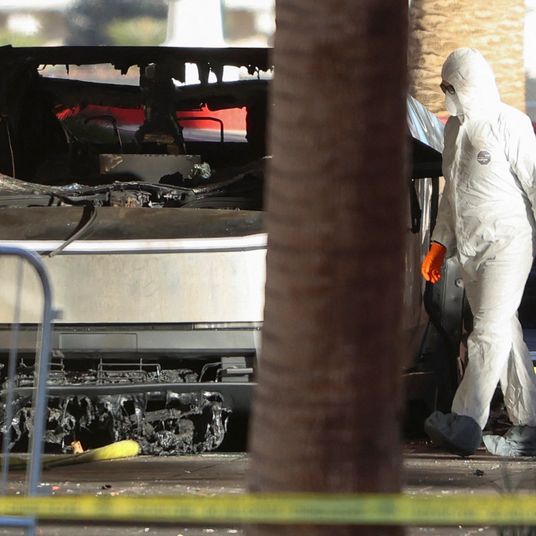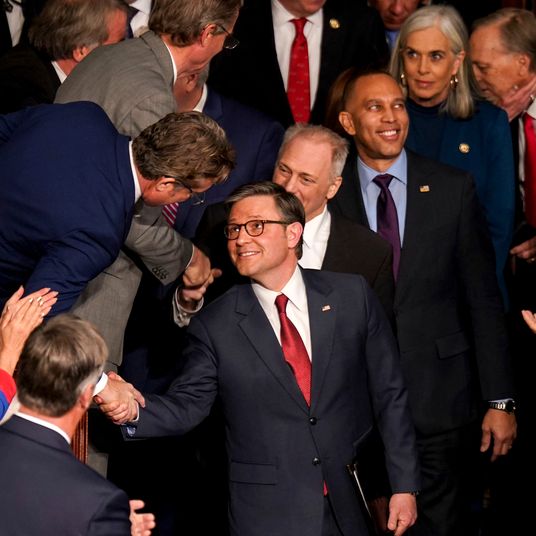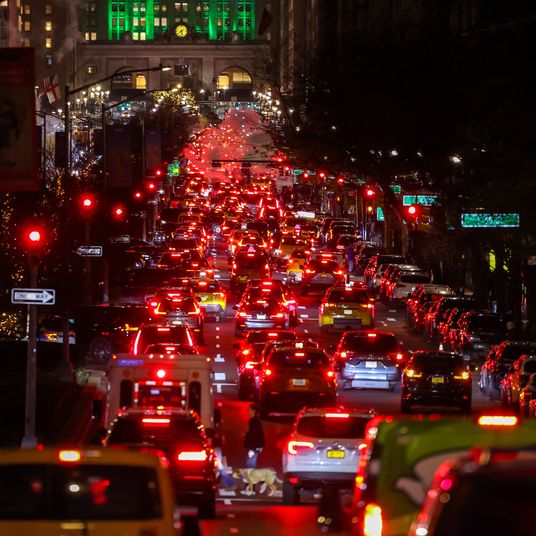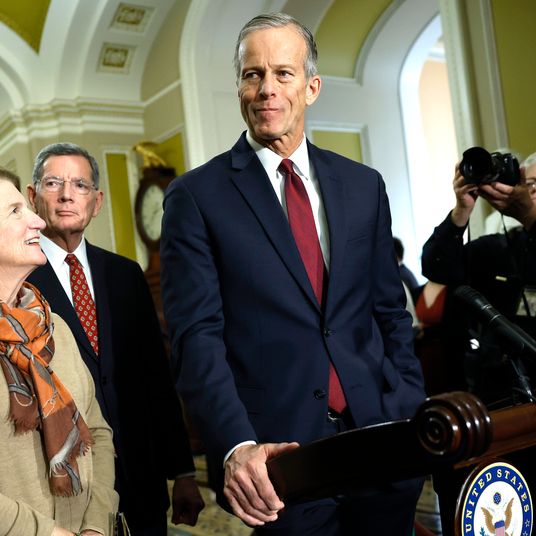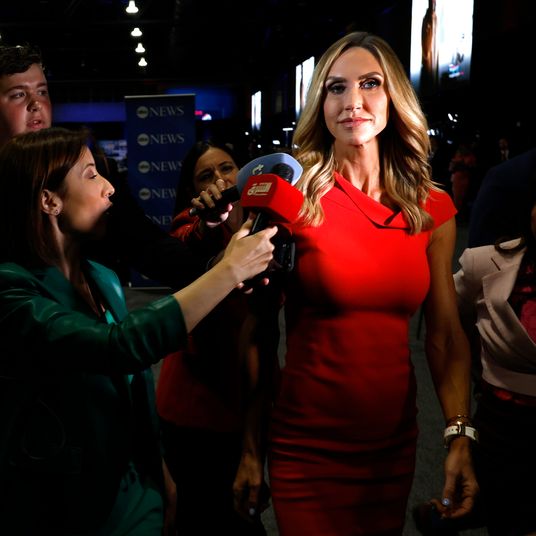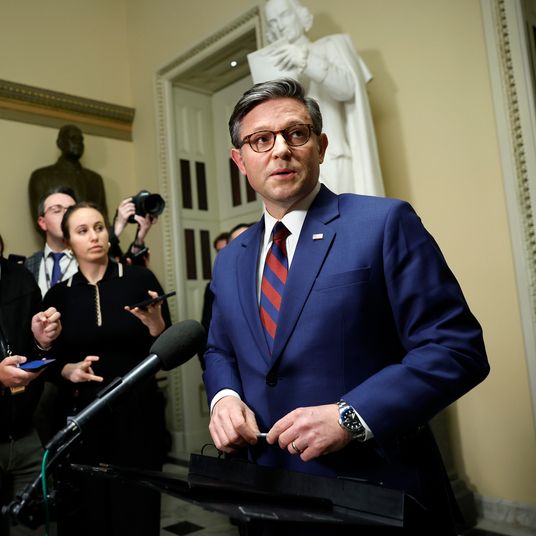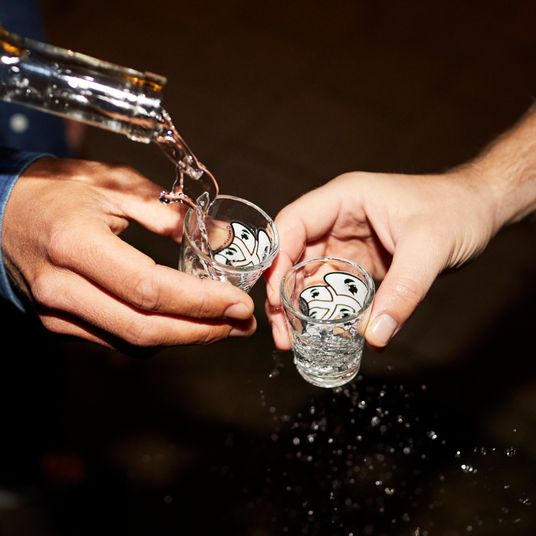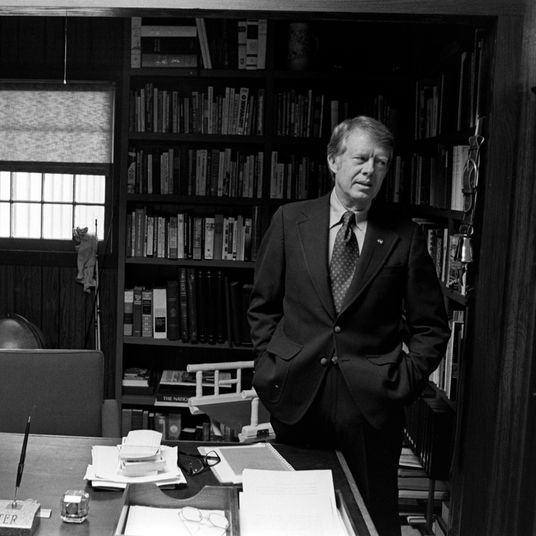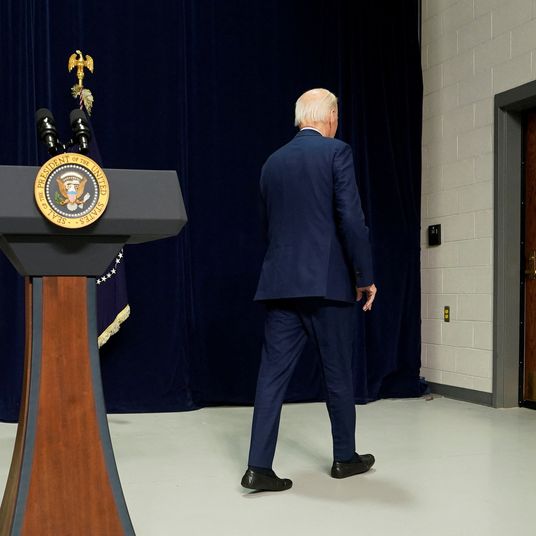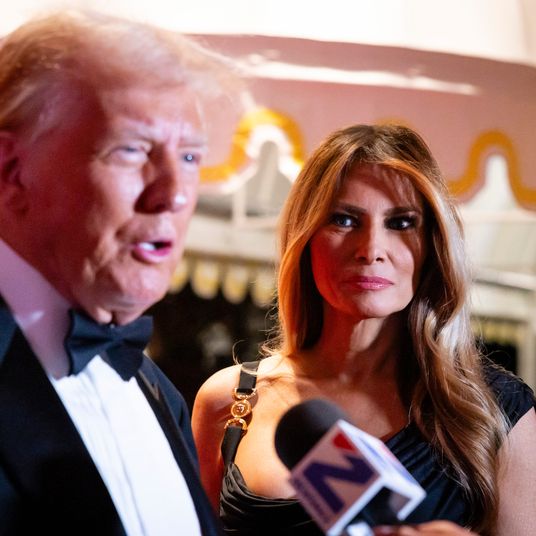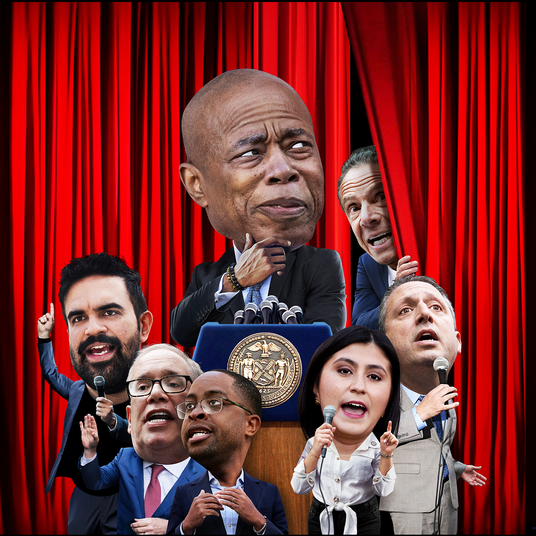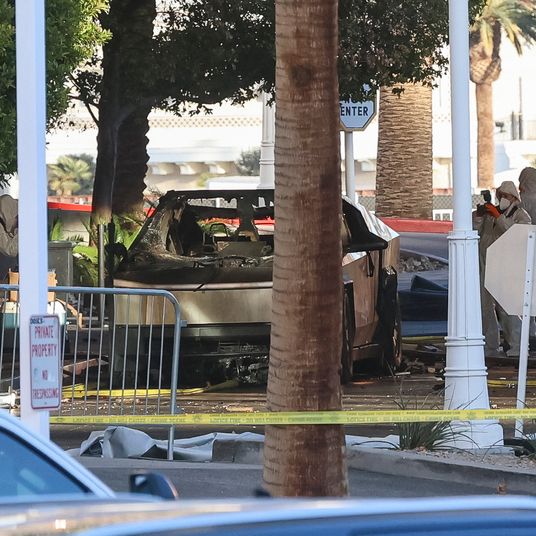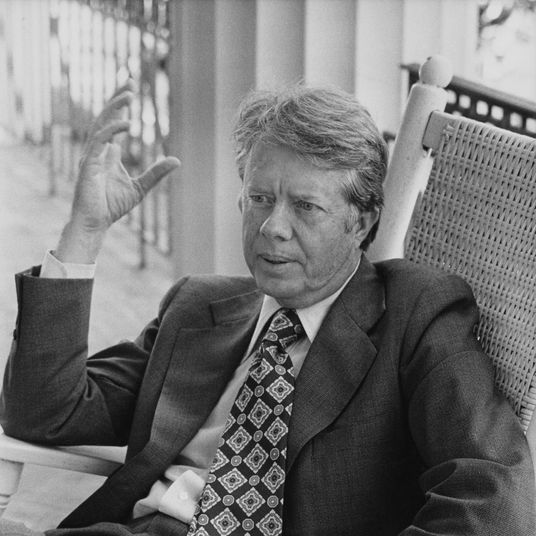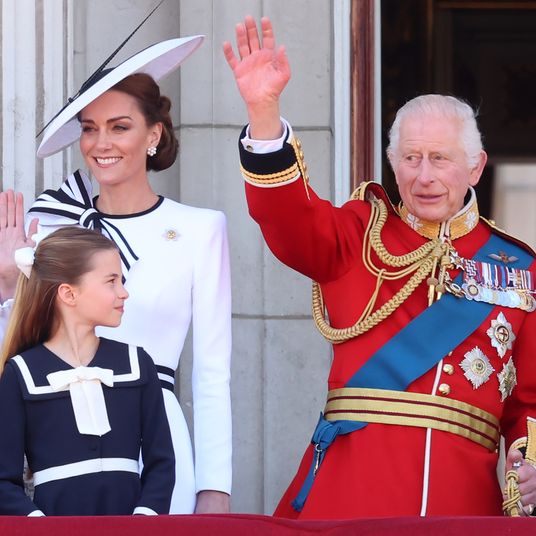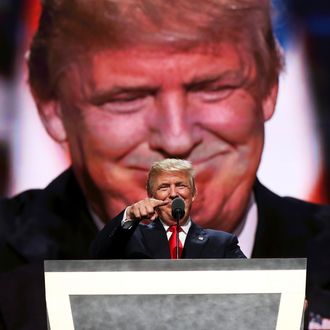
So, does a presidential candidate in a highly polarized environment get a “bounce” from a disorganized and divided convention that struck many of the nominee’s enemies as reminiscent of certain 20th-century authoritarian spectacles? Apparently so. The first batch of post-convention polls universally shows Trump making gains. He now has a 0.2 percent lead in the RealClearPolitics polling average. But while some polls show a definite change in the two candidates’ standing attributable to the convention, others suggest Trump was making gains going into Cleveland that simply continued (e.g., an L.A. Times/USC six-day poll showing Trump up 45-41).
The source of Trump’s gains varies by poll. A CNN/ORC survey gives Trump a 48-45 lead (44-39 with third-party candidates Gary Johnson and Jill Stein included), a six-point improvement over the mogul’s performance in that outlet’s last survey earlier this month. It shows the support for Trump spiking among independents and non-college-educated white voters (where he has a remarkable 62-23 lead). A CBS poll showing Trump up by one point indicates a slight consolidation of Republican and conservative votes for Trump, and a spike in HRC’s unfavorables. According to that survey, at least, all of the Clinton-bashing in Cleveland had an effect, though the pollster did not ask if respondents wanted to “lock her up.”
These findings will surprise some observers who thought this was one year when voters were so polarized that a convention “bounce” was unlikely, and will clearly shock Democrats who watched the show in Cleveland and found it repellent. Given the unhappy convention-eve developments on the Democratic side (Politico is running one of those “convention chaos” stories from Philadelphia that echoes the Cleveland coverage), the natural assumption that Clinton will get a corresponding or even superior bounce is in question, though Democrats do have a significant advantage in rhetorical firepower.
Whether they persist or not, Trump’s post-convention gains are another sign that this is likely to be a close presidential race. That could be because of what the candidates are and are not doing, or simply because the country is so polarized that absolutely any nominees, however monstrous, are going to get in the neighborhood of 45 percent of the vote. It’s also important to keep an eye on the “fundamentals”; the president’s job approval rating has sagged a bit in recent weeks. There’s no reason for any kind of Democratic panic at this point. But complacency about Trump being a self-destructive pushover is clearly no longer rational.






